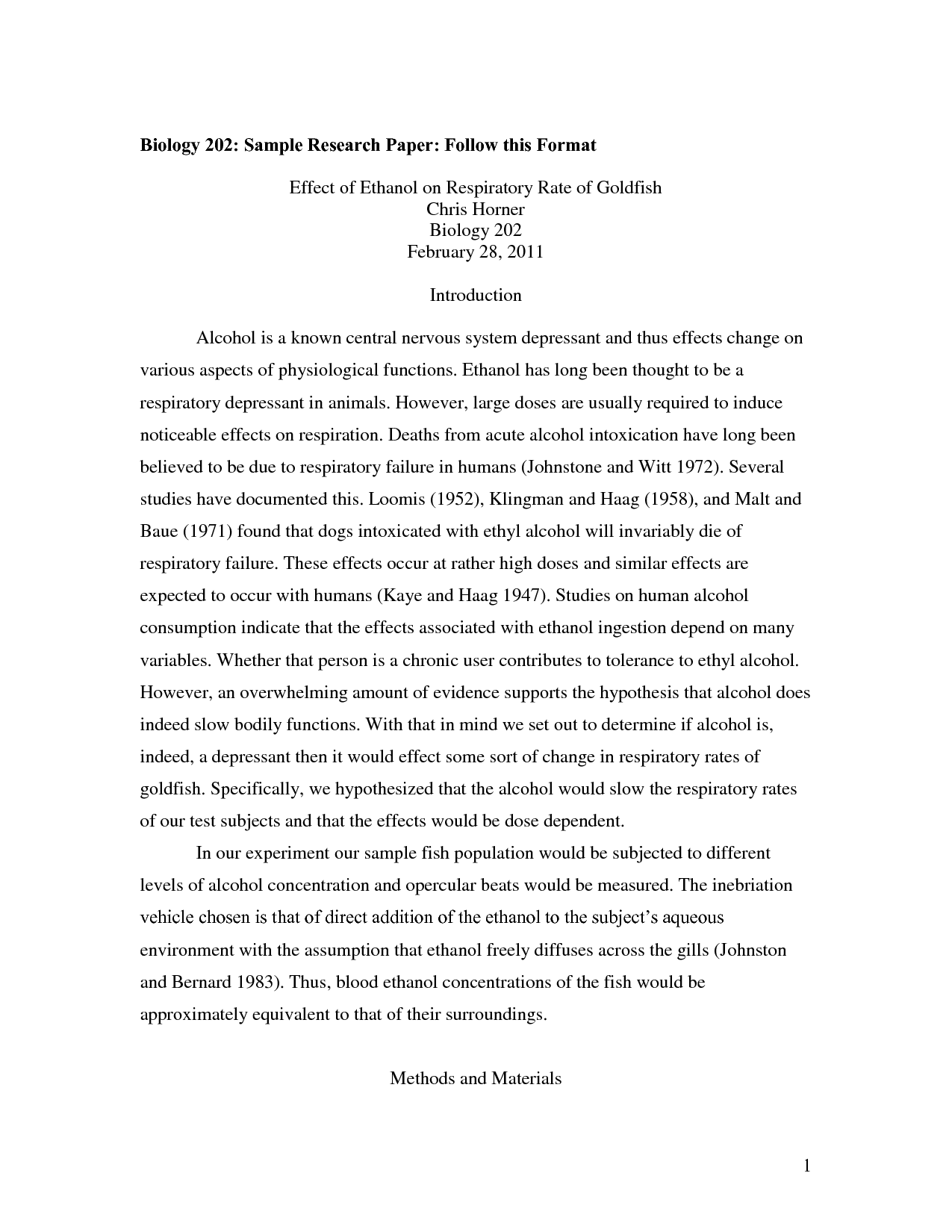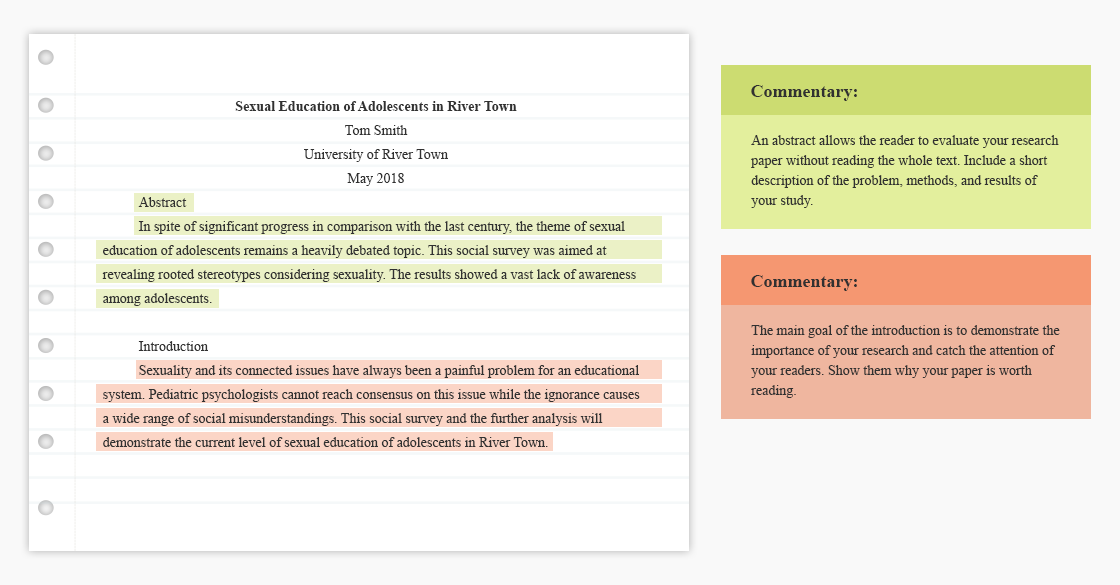Fabulous Info About How To Write Results In A Research Paper

The book is both an introduction to debates on constitutional interpretation in the u.s., and a substantive argument about interpretive choice.
How to write results in a research paper. How to write results section of your research paper. The results of your research, a discussion of related research, and. The ‘results’ section is perhaps the most important part of a research article.
When conducting research, it’s important to report the results of your study prior to discussing your interpretations of it. How results section is structured? This section interprets the results and.
Use simple language to communicate your results. Your results should always be written in the. Always aim to distill your message down into the simplest sentence possible.
Not all journals share the. A comparison between your results and initial hypothesis. Tips for writing a results section.
The results section summarizes and presents the findings of the study to put them in context with your research question(s). A section describing results should be. The results section should include:
Summarizes your research aims, methods, results, and conclusions. Establishes the context needed to. The results section should state the findings of the research arranged in a logical sequence without bias or interpretation.
How to summarize the data preprocessing steps in. Perhaps the best way to use the results section is to show the most relevant information in the graphs, figures and tables. In fact the authors will share the results of.
Explain the results and show how they help to answer the research. How to write the results section of a. Importance of the result section of a research paper.
Here are a few best practices: Start by organizing the results section in a logical. Information about participant flow, recruitment, retention, and attrition.
What exactly is the result section of a research paper? This section presents the findings of the study, including statistical analyses and data visualizations. This gives your reader a clear idea of exactly what you found and keeps the data itself separate from your subjective analysis.

















